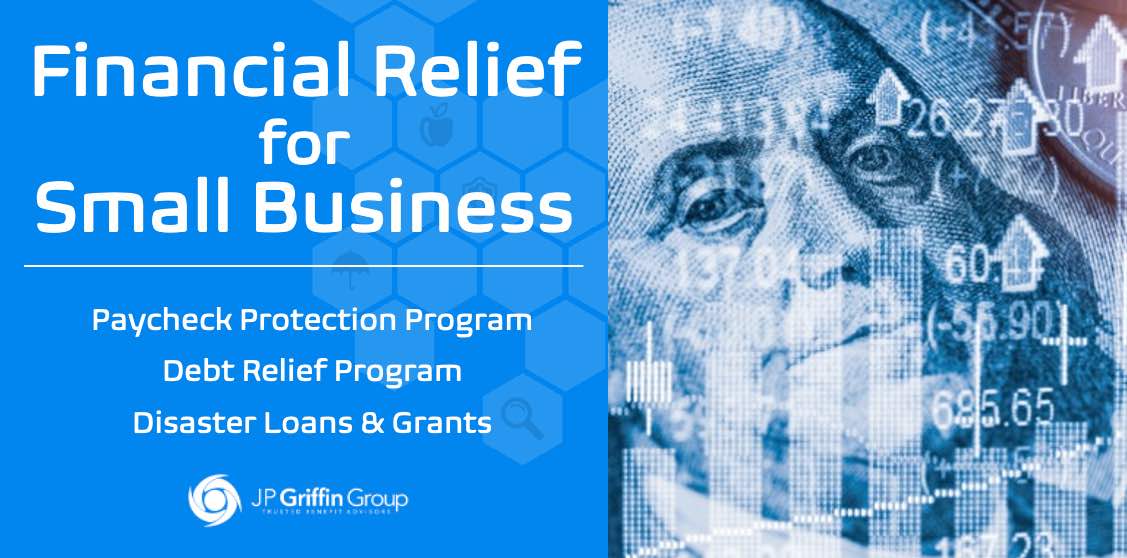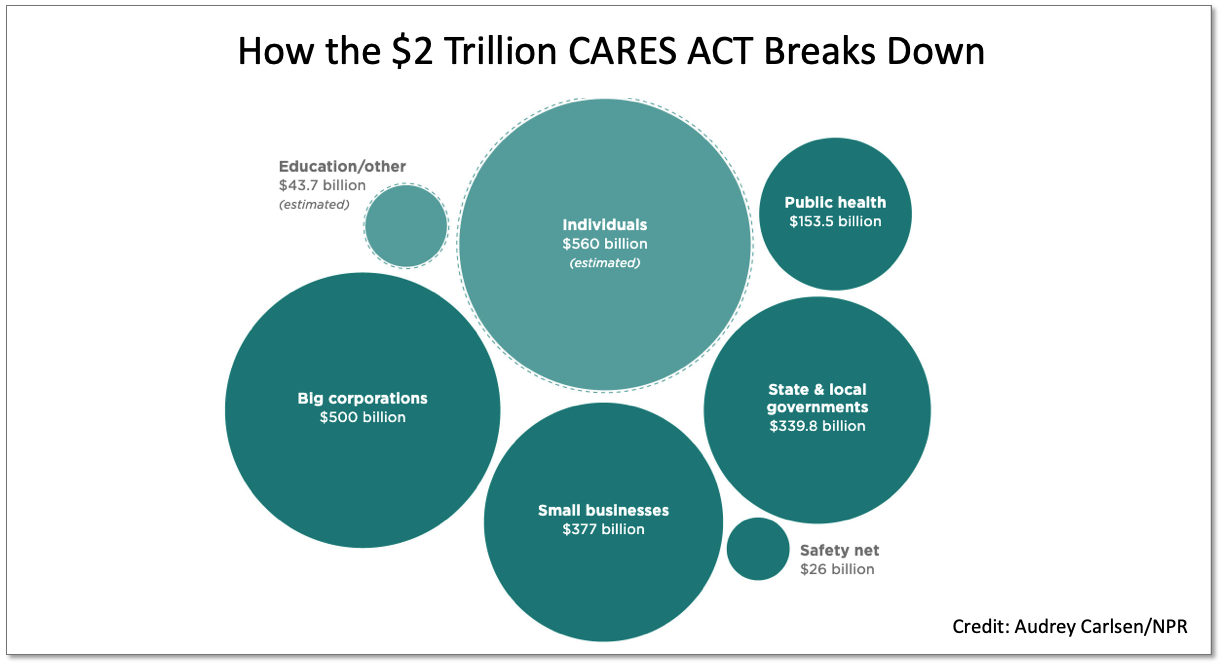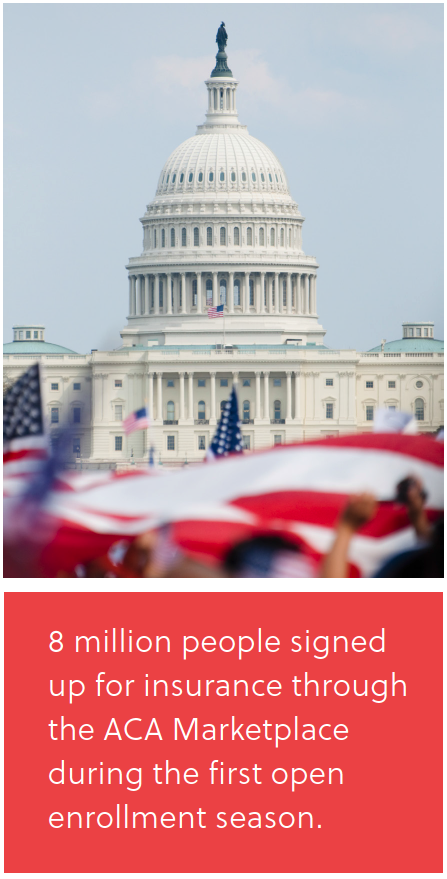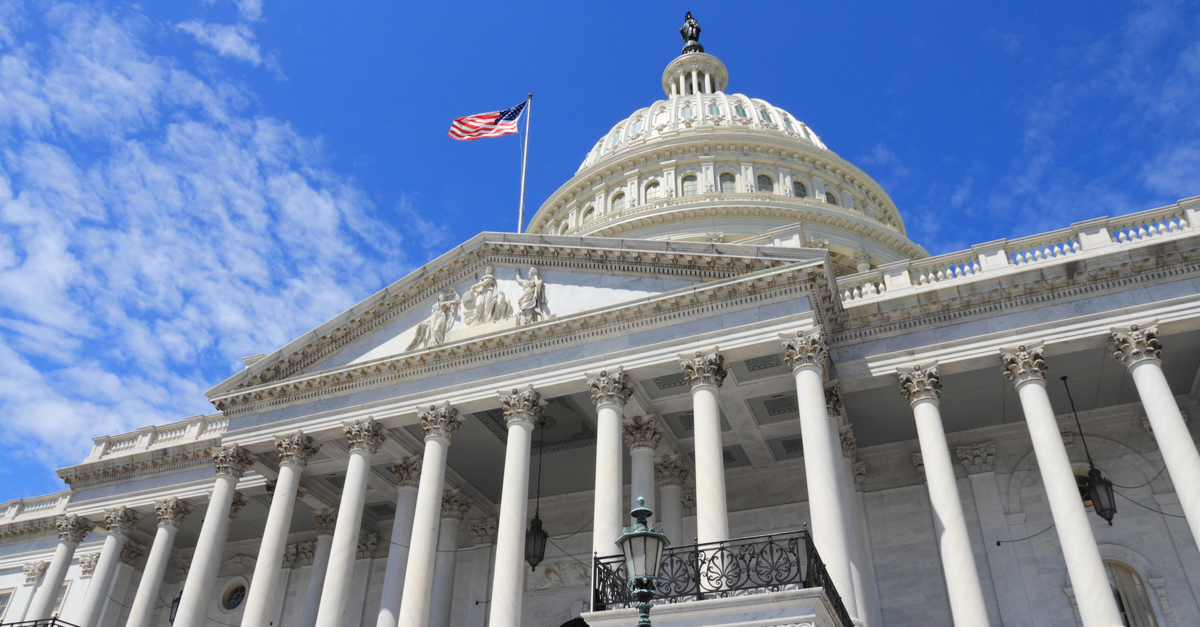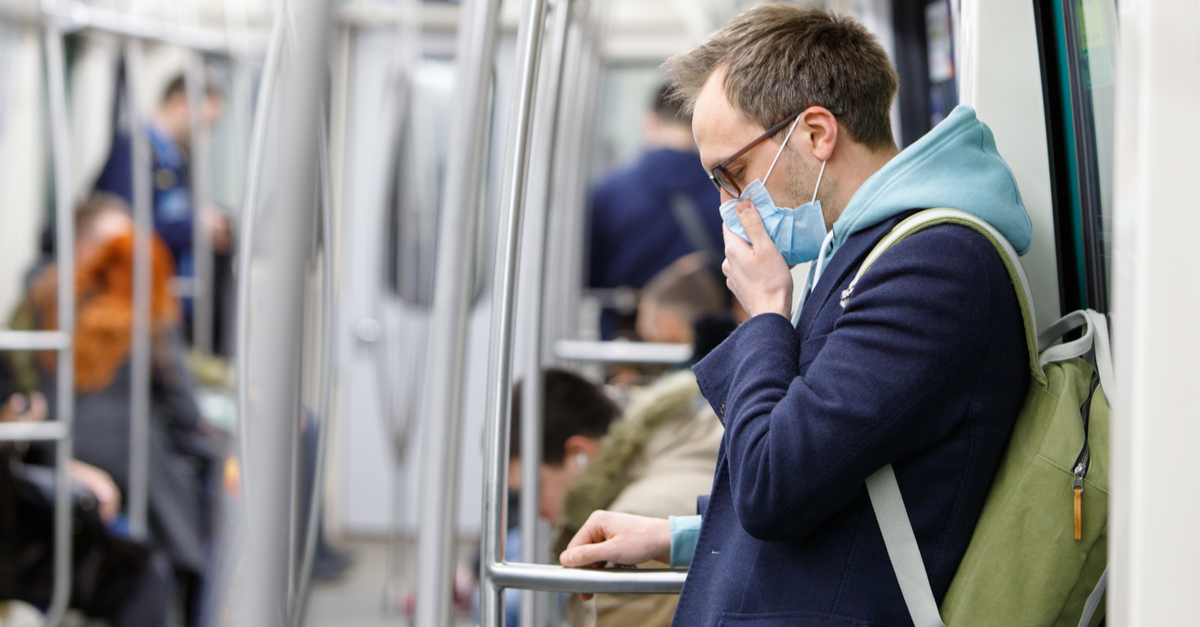While we've fielded thousands of questions these past few weeks about the COVID-19 pandemic, the vast majority of inquiries most recently have been about emergency financing relief for small business.
Here is what we know about three financial relief programs, each made possible by the CARES Act recently signed into law;
- CARES Paycheck Protection Program (PPP)
- CARES Business Debt Relief Program
- CARES Economic Injury Disaster Loans (EIDL) & Emergency Economic Injury Grants (EEIG)
As a reminder, we update both of our COVID-19 Download Resource Centers daily with regulatory briefs, legislative summaries, newsletters, flyers, and posters for you to use as you see fit.
Make sure to bookmark this resource area for ease of reference later.
CARES PAYCHECK PROTECTION PROGRAM (PPP)
What is the Paycheck Protection Program?
The PPP is a program designed to minimize layoffs during the coronavirus pandemic. The PPP provides businesses with fewer than 500 employees with 100 percent federally-guaranteed loans, which may be forgiven, if borrowers maintain their payroll during this pandemic.
Must a PPP loan be paid back?
No, providing an employer maintains their payroll, the loan will be forgiven. We'll address the amount of loan forgiveness available later in this article.



